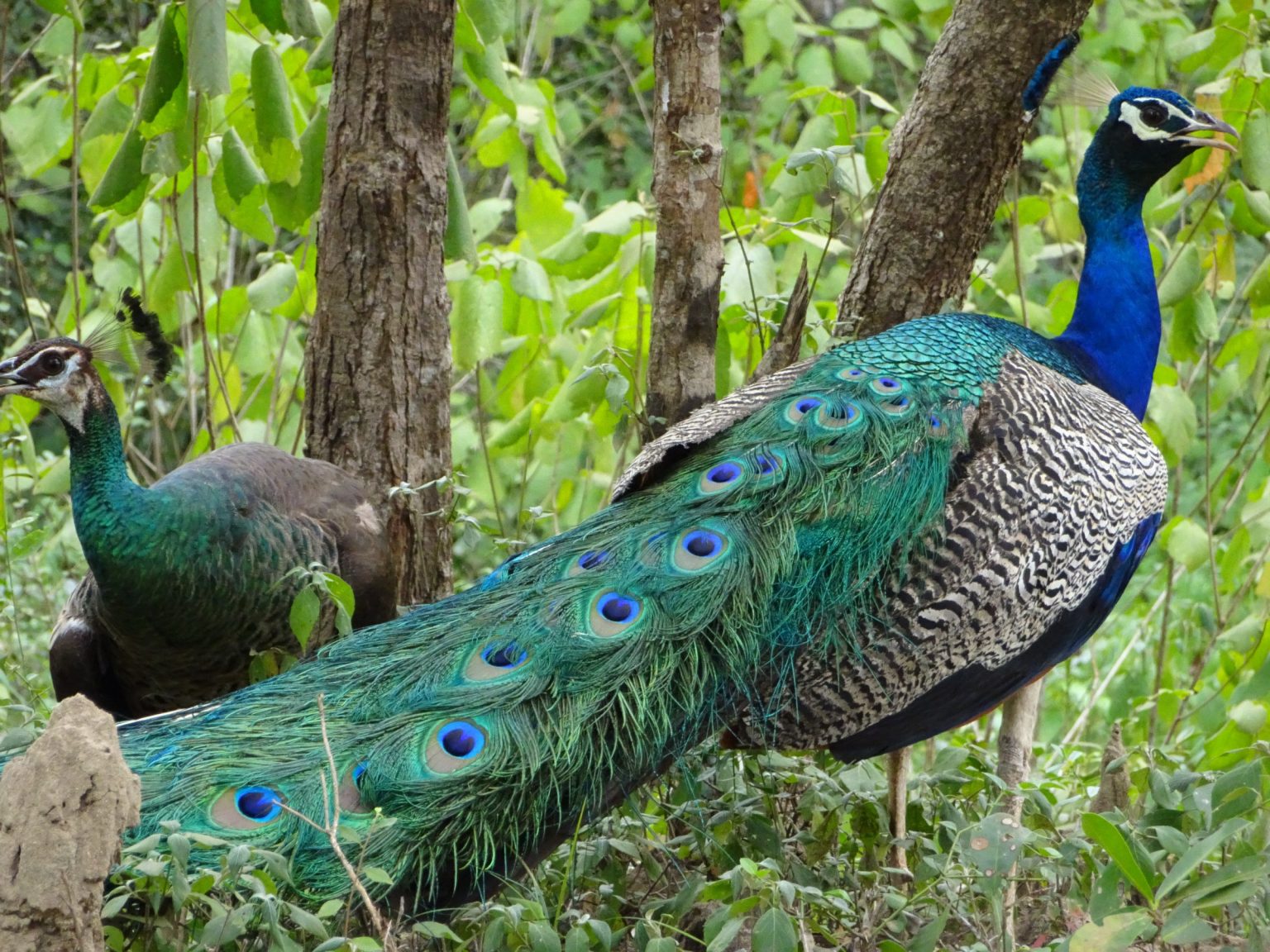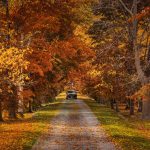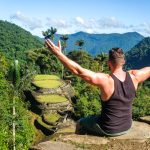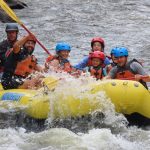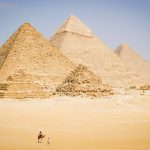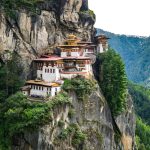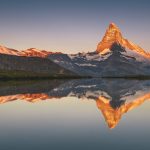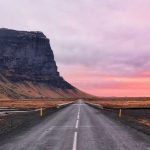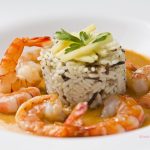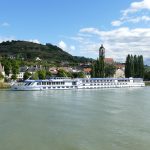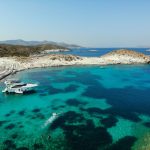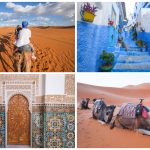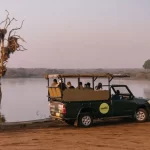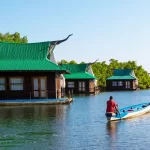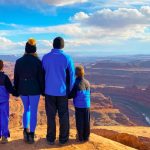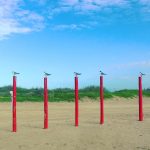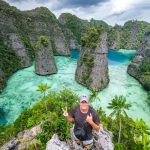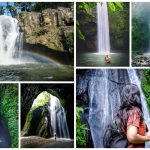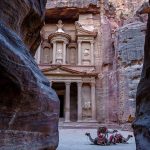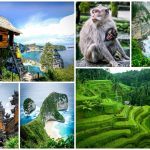After an early morning visit to Negombo’s bustling fish markets and tranquil lagoon shores, we left the beach town around 8:30am. Our day’s route was ambitious: travel north through the coconut heartland of Sri Lanka, detour for a safari in Wilpattu National Park, and eventually arrive in the ancient city of Anuradhapura by nightfall.

Driving out of Negombo, we passed through old neighbourhoods divided almost symbolically into Roman Catholic, Hindu, and Muslim quarters—marked clearly by their churches, temples, and mosques. We soon reached the suburbs, where traditional clay roof tiles are still produced in roadside kilns. It’s an old trade, slowly fading due to the rise of prefabricated roofing, but still very much alive in this region. Ingeniously, the clay pits left behind are repurposed as prawn hatcheries.

We entered Sri Lanka’s famed “coconut triangle,” a region where the coconut tree is revered as the “tree of life.” Every part of the tree is used—from the milk and oil-rich nut to the fibrous husk and sturdy timber. We made a brief stop in Madampe, where a cooperative operates out of a local backyard, producing everything from rope and mulch to coconut treacle and toddy. While sipping fresh king coconut water (called thambili) and frothy toddy directly from blackened clay pots, we watched the skilled toddy tapper in action—cutting and bruising coconut flowers to release the sap, a process both delicate and ancient.
From there, we rolled into the town of Chilaw, where a quick break at Perera and Sons Bakery yielded a delicious haul of “short eats”—triangle roti rolls, egg buns, and fish pastries. A stop at Cargills Food City followed, where clean toilets and cold drinks have made it a reliable pit stop for many travelers.

By early afternoon, we reached Wilpattu National Park—Sri Lanka’s largest but least crowded park, known more for its serene wilderness than high-volume animal sightings. Our guide had decided to begin the safari early, a move some of us questioned, knowing most animals rest during the heat of the day. Nevertheless, two open jeeps awaited us, and we were soon off, bumping along dusty tracks beneath a punishing sun.
Wilpattu means “land of lakes” (Willu meaning natural rainwater basins), and the landscape lived up to its name. Brown earth and dry woodland stretched in every direction, broken occasionally by shimmering water. It was dry, hot, and silent—until it wasn’t.
Our sightings started slowly but picked up as we journeyed deeper into the reserve: monitor lizards, peacocks, spotted deer, crocodiles, water buffalo, wild boar, and junglefowl—the national bird that looks amusingly like a farm rooster. A gorgeous array of herons and egrets waded along the shallows. At one muddy lakebed, our driver took us on a wild slosh off the main path. While exciting, the environmental impact of straying from designated tracks was hard to ignore.

A stop at a serene lakeside gave us a chance to stretch our legs—though somewhat nervously, given we’d just seen crocodiles nearby. As we climbed down from the jeeps, a group of toque macaques appeared, one beelining for a young tourist holding a packet of chocolate digestive biscuits. In a flash, the monkey grabbed the packet and retreated victoriously to a nearby tree. As annoying as it is to see tourists feed wildlife, in this case the monkey had clearly won the day.
Despite the heat, the safari held its charms—especially when a nearby jeep spotted a leopard. Sadly, our driver missed the memo, and by the time we reached the area, the big cat had vanished. According to onlookers, we missed it by just two minutes. Timing, it seems, is everything in safari life.

At around 5:30pm, as the sun began to mellow, we exited the park in a cloud of dust. Just as we reached the entrance, a family of elephants appeared across a lake. Our guide Bala had promised elephants—perhaps jokingly—but here they were, silhouettes in the golden light. We cautiously approached for photos. Just as we were adjusting our camera lenses, something startled them. One trumpeted loudly and, in seconds, they vanished into the trees, leaving only swirling dust behind. It was breathtaking.
Exhausted and sunburnt, we climbed back into our air-conditioned minibus for the final stretch to Anuradhapura. Our clothes were covered in red dust, our stomachs rumbling, and our hearts still racing from the elephants’ sudden flight.

Despite missing the leopard and enduring a less-than-stellar jeep driver, Wilpattu delivered an experience deeply tied to the rhythms of the land. It wasn’t just about the animals we saw—it was about the spaces in between: the quiet, the anticipation, the sense of being guests in a wilderness that still feels wild.
Next stop: the ancient capital of Anuradhapura, where centuries-old stupas and sacred bodhi trees await.


